Explanation of the test principle of goniophotometer A-α, B-β, C-γ, and how to choose the correct test method
What is a goniophotometer?
A spectrophotometer is an instrument that uses spectrophotometry to quantitatively and qualitatively analyze substances. It is mainly used for the measurement of light distribution performance of lamps and light sources, that is, the breadth of lamps and lanterns in different directions of space, and the distribution of chromaticity values. Measure the absorbance of light at a specific wavelength or within a certain wavelength range of the substance to be tested, and perform qualitative and quantitative analysis of the substance. If you need to test parameters such as IES files, light intensity distribution, etc., a goniophotometer system is recommended. With With the continuous development of the photometer industry, more and more companies and industries have used photometers, and a large number of companies have entered and developed photometers.
The goniophotometer roughly consists of two parts: goniometer; photometer (can also be a chromaticity test device), collectively called goniophotometer, goniophotometer functions:
1. Metering light distribution curve, that is, the luminosity distribution
2. Test the color distribution
3. Turn the total luminous flux of the test luminaire
4. Provide standard format files such as IES/LDT for back-end lighting design
Goniophotometer measurements of luminaires:
The luminosity distribution of the luminaire reflects the spatial luminous characteristics of the luminaire, also known as the light intensity distribution or the light distribution curve, which is the core parameter of the luminaire. Through the luminosity distribution data, we can know the light number, efficiency, luminous angle, and illuminance distribution of the luminaire. parameters such as glare and glare. Obtaining accurate photometric data from a luminaire depends on the correct test equipment, methods, environment
Usually the light intensity distribution of a light source is measured in a certain number of planes, and the choice of the type of measurement plane and the number of measurement planes depends on the type of light source. The International Commission on Illumination defines A-α, B-β, C for goniophotometer measurements - γ three modes:
Mode 1-A-α: Usually suitable for automotive light products
Mode 2-B-β: Usually suitable for flood light fixtures
Mode 3-C-γ: Generally suitable for indoor lighting fixtures and road lighting fixtures
How to choose the right test method?
The three modes can be converted to each other, and modes B-β and C-γ are the most commonly used. However, when the mode B-β is used for measurement, the working attitude of the lamp will change, which is not suitable for lamps that are sensitive to temperature and attitude. For LED lamps, it is clearly pointed out in the North American Illuminating Commission Standard LED Photometric Measurement (IESNA LM-79-2008) that only C-γ mode can be used for the photometric measurement of LEDs.
Since the goniophotometer measurement is the measurement of light intensity, the current method is to calculate the light intensity through the measurement of illuminance. The formula is as follows: I=EL2 (I is the light intensity, E is the illuminance, L is the test distance) and only in the This formula can only be established when the test distance is far enough (regarding the lamp as a point light source). Therefore, the measurement distance may be far enough, especially for lamps with large light intensity and narrow beams. Generally, indoor lamps are required to meet at least 5 times the luminous surface of the lamp, and may reach 30M for some floodlights.
In addition, the aging of the lamps before the test (such as 100 hours of fluorescent lamps), the stability of the lamps, the test dark room, the ambient temperature and humidity, and the quality of the power supply are all parameters that affect the measurement. It needs to be controlled and paid attention to during the measurement.
The HPG1900 is a high-precision goniophotometer (light distribution curve) for measuring luminous intensity distribution. This equipment is mainly used in industrial Laboratory photometric parameter measurement, which mainly tests LED lamps, HID lamps and fluorescent lamps, etc.
Hangzhou Hopoo Light&Color Technology Co., Ltd. focuses on the production, research and development and sales of lighting and electrical testing instruments. The whole series of products are developed and produced in strict accordance with the requirements of ISO9001:2015; all products meet the requirements of CIE; in addition, All products of hopoocolor have passed CE certification and obtained the qualification to export to the European Union. The main products include goniophotometer, integrating sphere, spectroradiometer, illuminometer, colorimeter, and LED test instruments.
If you want to know more technical or product information, please feel free to contact us.
Sales Department: 86 18069445092, Sales_fob@hopoocolor.com
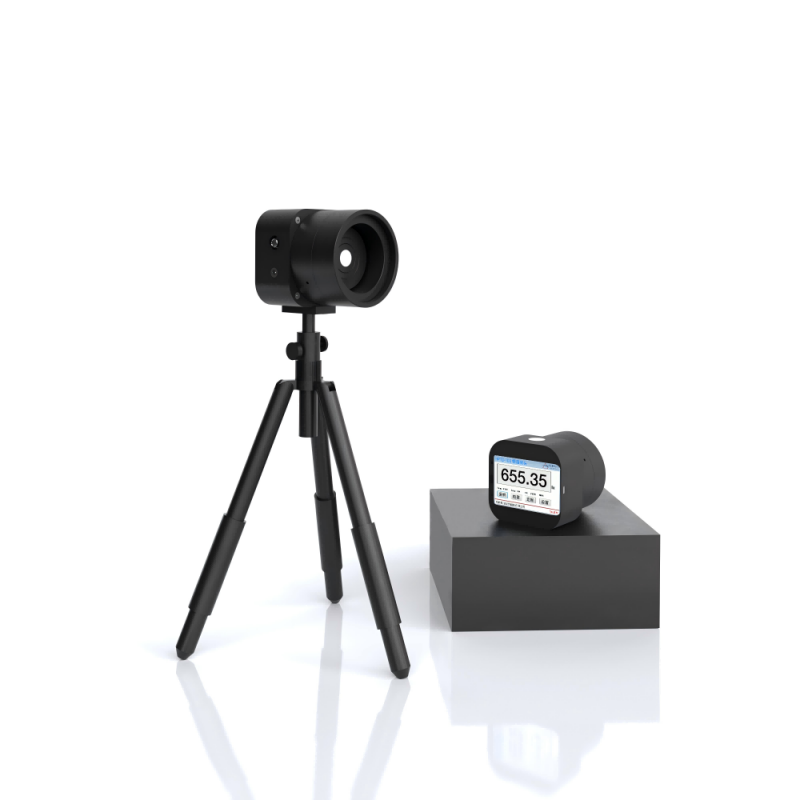
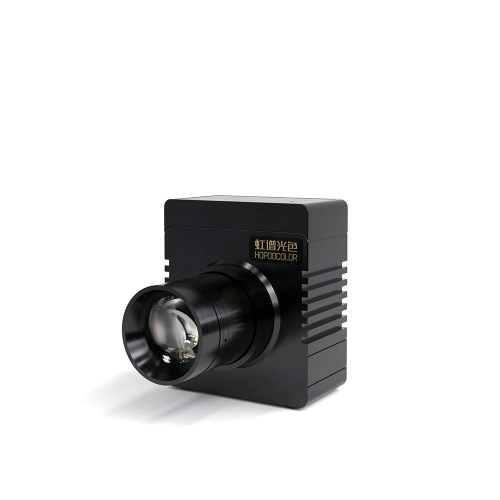
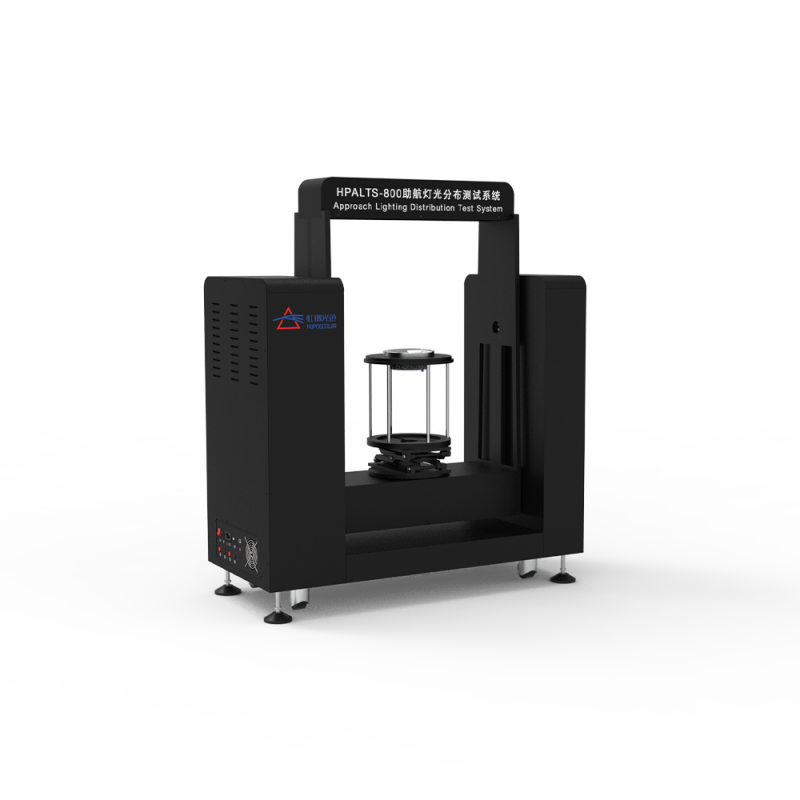
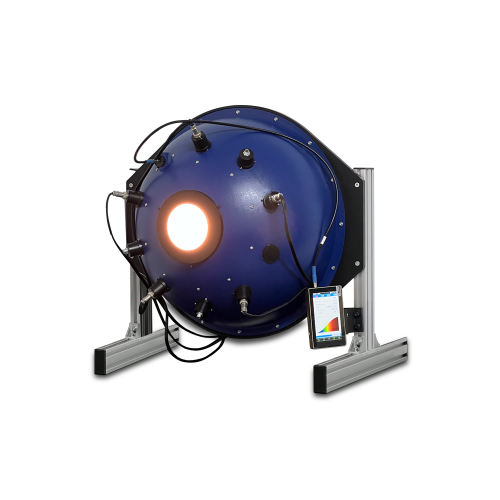
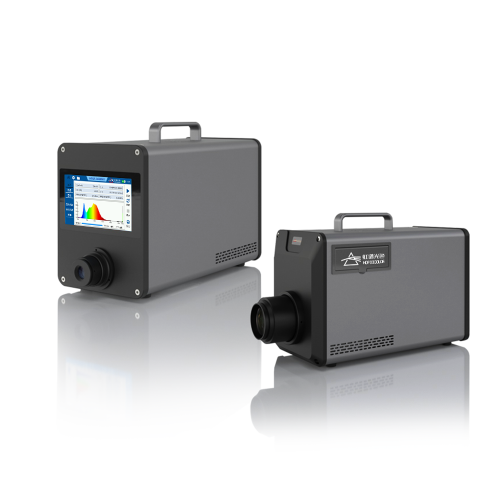
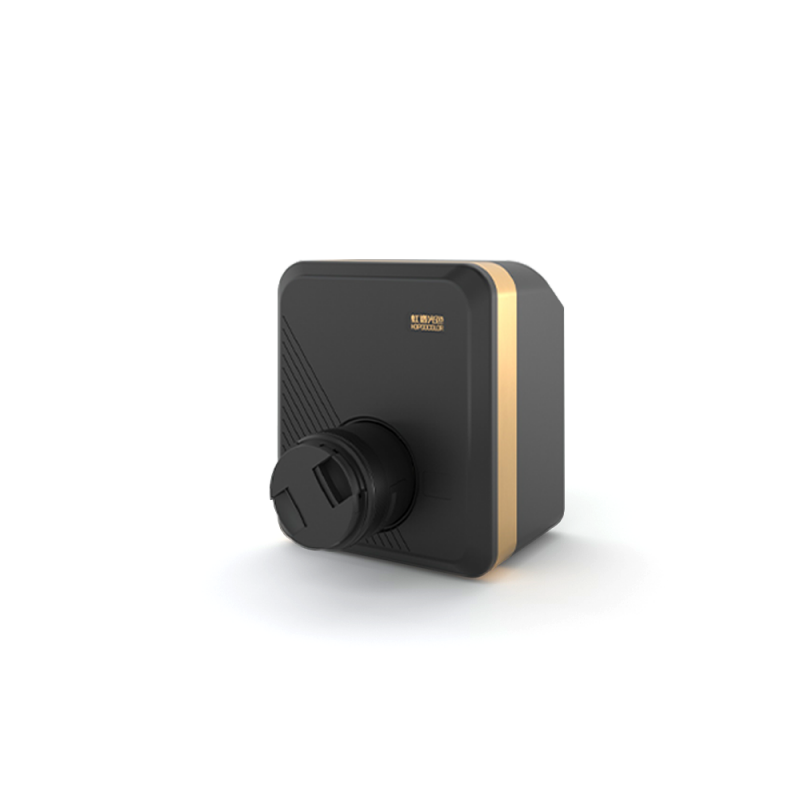
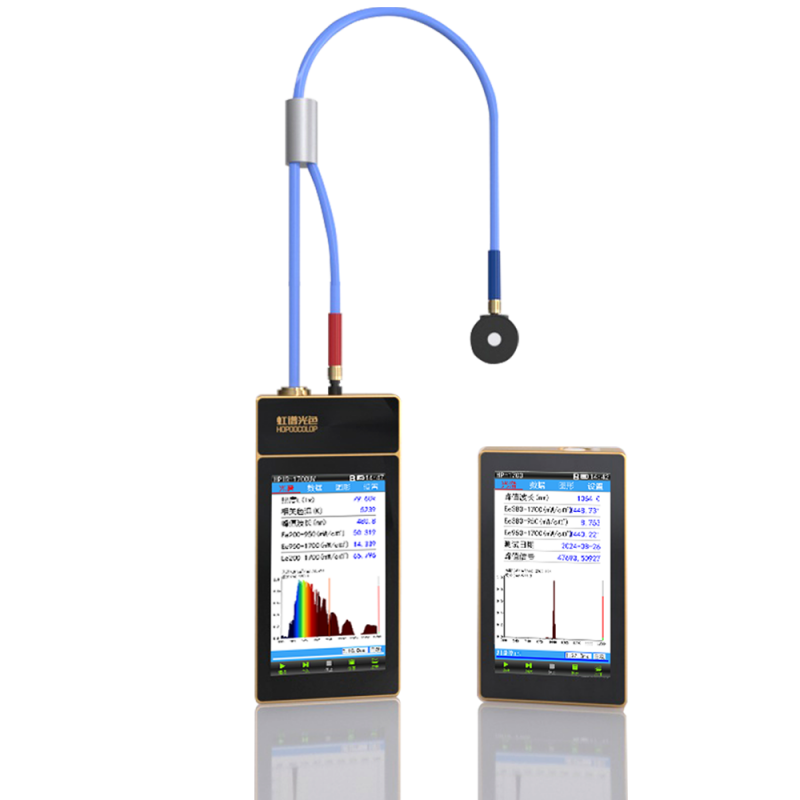
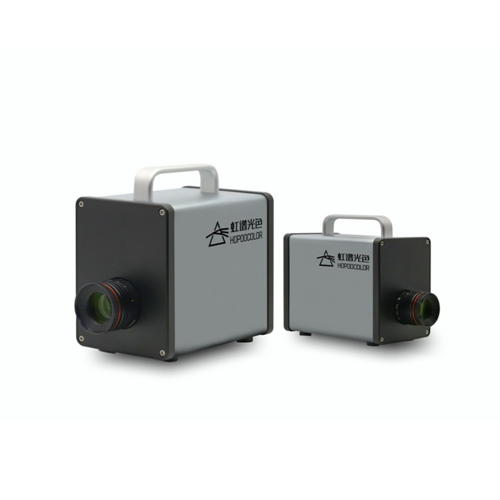
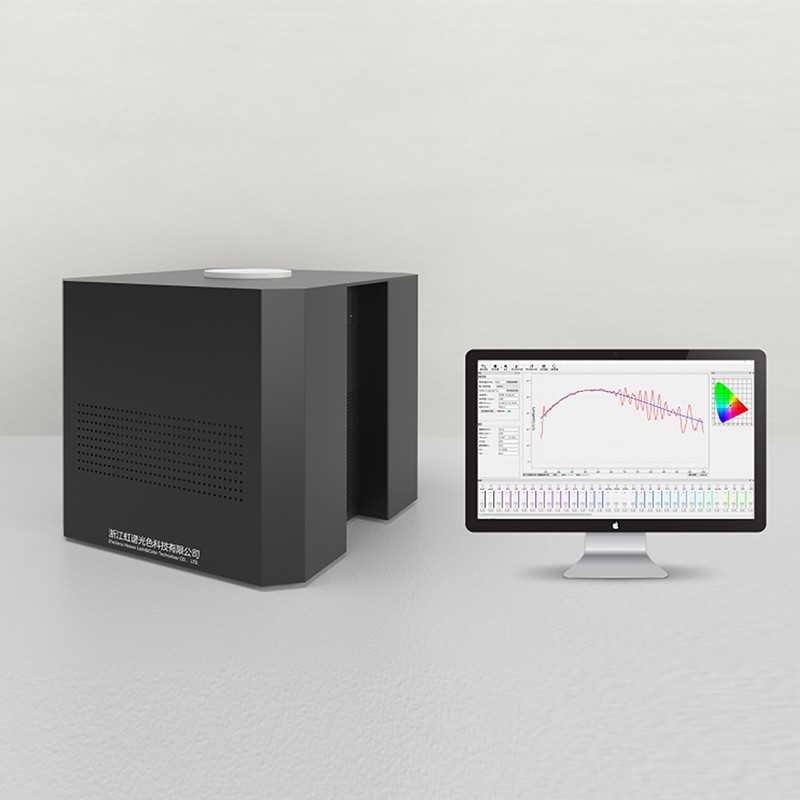
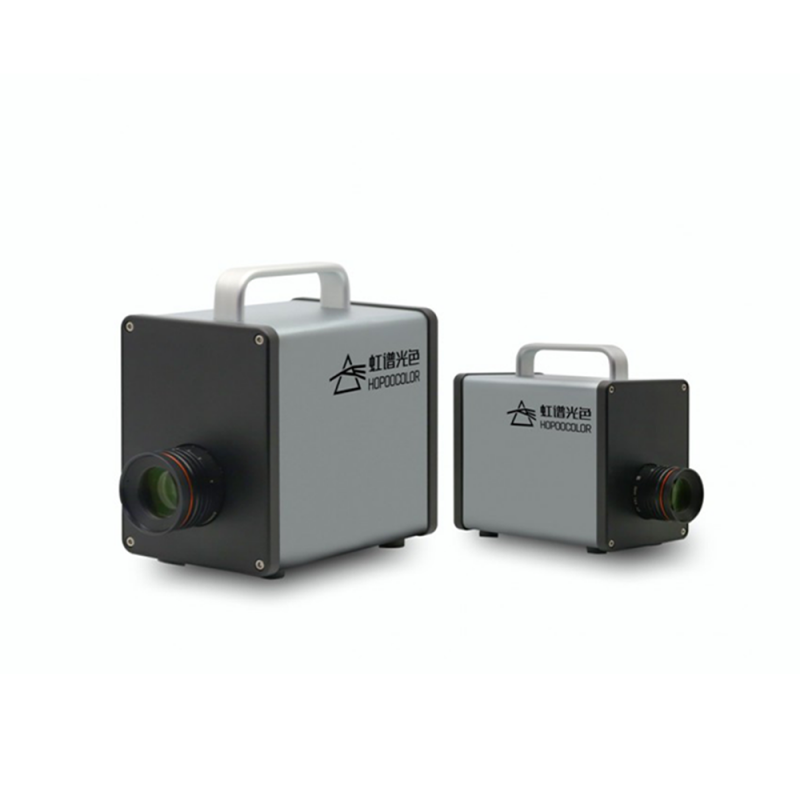
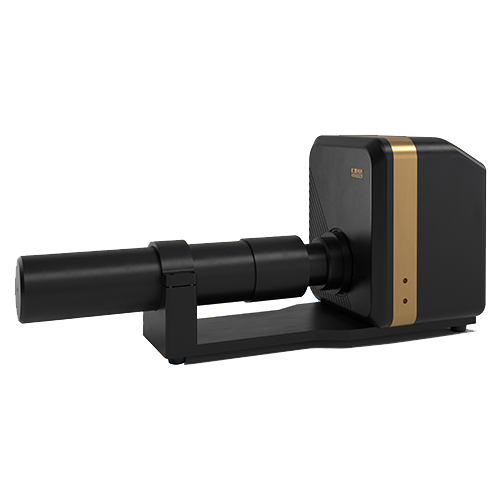
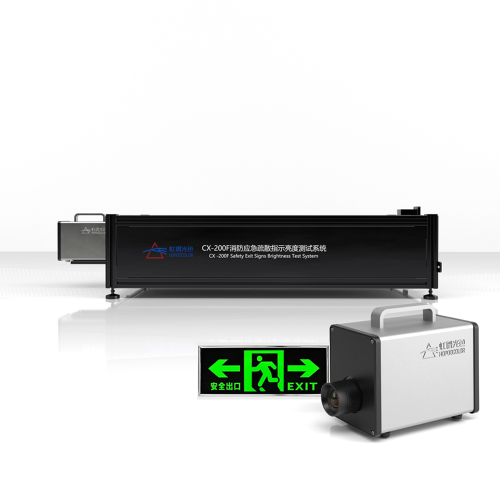


 浙公网安备 33010602008509号
浙公网安备 33010602008509号